How Siding Cost Can Vary per Home
By Scott & Karen Dillman | March 28, 2022
Replacing your siding is one of the projects with the highest return on investment. This is a good project to invest in if you want to sell your home. Siding can increase your home's curb appeal, which can spark potential buyers' interest. However, it's crucial to understand that siding costs can vary. This means you need to set aside some time to calculate the exact siding cost for your home to determine if it fits into your budget. Here's how siding costs can vary per home.
Siding Cost per Square Foot
Siding cost can vary per home depending on the square footage. This means when you are looking into installing siding for your home, you first need to look at the square footage of its exterior. Therefore, the cost of installing siding on a larger house will be more than that of installing siding on a house with lesser square footage. For instance, if you own a single-story home with an exterior square footage of 1,800 square meters, you will likely need about $4,559 to install vinyl siding, according to Modernize. When it comes to labor, you will pay anywhere from about a dollar to $8 per square meter. On the other hand, if you have a house with an exterior square footage of 1,500 and use the cheapest siding material available, you will likely need to part with about $3,000.
Apart from the exterior square footage, you also need to consider the shape of your house when estimating siding costs. This can also influence the cost of the exterior siding. You will find that some siding materials like vinyl come in sheets of a specified length. Depending on the shape of your home, you may need to request to have the siding customized to suit the profile of your home. The most customizations you need, the more money you will need to part with.
Another factor that might influence your siding cost is whether or not there is existing siding on the house. If you need to remove existing siding before installation, you may need to part with additional labor costs. Before you consider replacing your siding, you need to have the existing siding inspected to ensure that it doesn't just need some cleaning. Also, you might not need to replace the entire length of the siding. In some instances, you can get away with replacing only some sections. This will allow you to cut costs and save money.
Siding Cost by Material Type
Another factor that might be responsible for variations in siding cost from house to house is the choice of material. The cost of the material indeed varies from seller to seller, but there is an expected range. You will find that wood tends to be the cheaper option for siding material. Wood is usually followed by vinyl, metal, fiber cement, and brick. Stone is the most expensive option in most instances.
Apart from the initial cost of purchasing the material, some hidden costs are associated with each type of material. For instance, while wood is the cheapest on the shelf, it will require regular maintenance. This will up its costs over time. The materials that require a high initial investment tend to require less maintenance. These include brick and fiber cement. This is why you must consider durability when looking for siding material for your home.
Another factor associated with the material type is the ease of installation. Some materials cost less to install, while others are on the more expensive side. Labor costs can hit your wallet hard if you choose a difficult material to install. You will find that vinyl is the easiest and quickest material to install in most instances. On the other hand, installing brick and stone is more labor intensive, meaning they will cost more to install.
Location of the Home
The location of your home can affect your siding cost. This is because labor costs tend to vary by location. Apart from that, you must also consider the cost of shipping materials to your location. If you live far away from the manufacturer, then the total cost of the installation can end up being higher than it would be for someone who lives nearby.
Differences in Home Design
The design of your home is another factor that can affect the siding cost. For instance, someone who has a two-story house will require more materials, and the job will be more labor-intensive than someone with a single floor. In general, installing siding on a home with a complex design will likely cost more than an installation for a box-shaped home.
These are some of the reasons why siding costs vary from home to home. It's important to consider all these factors when you think of installing siding on your home. Contact us today if you need help calculating how much it might cost to install siding on your home.
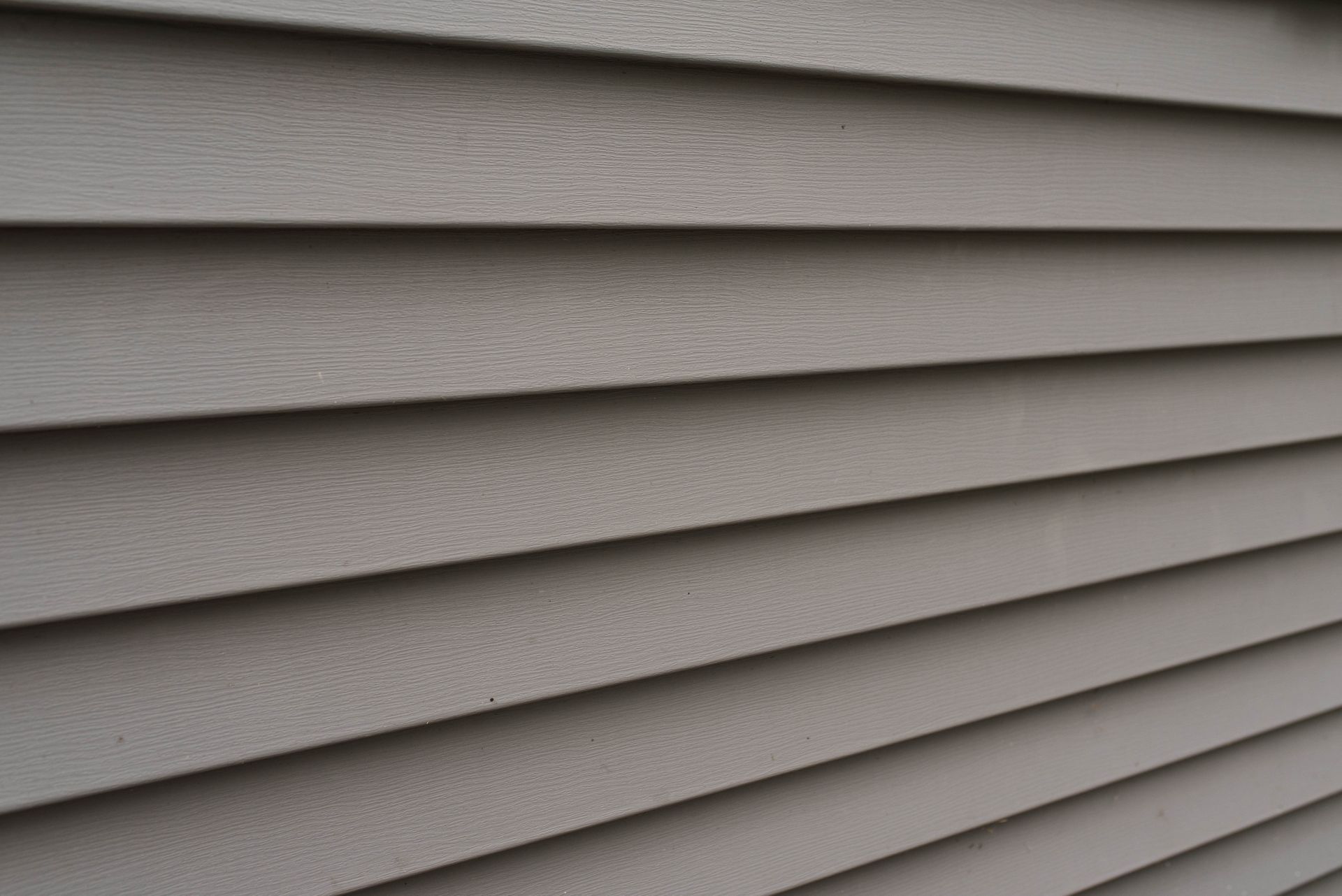


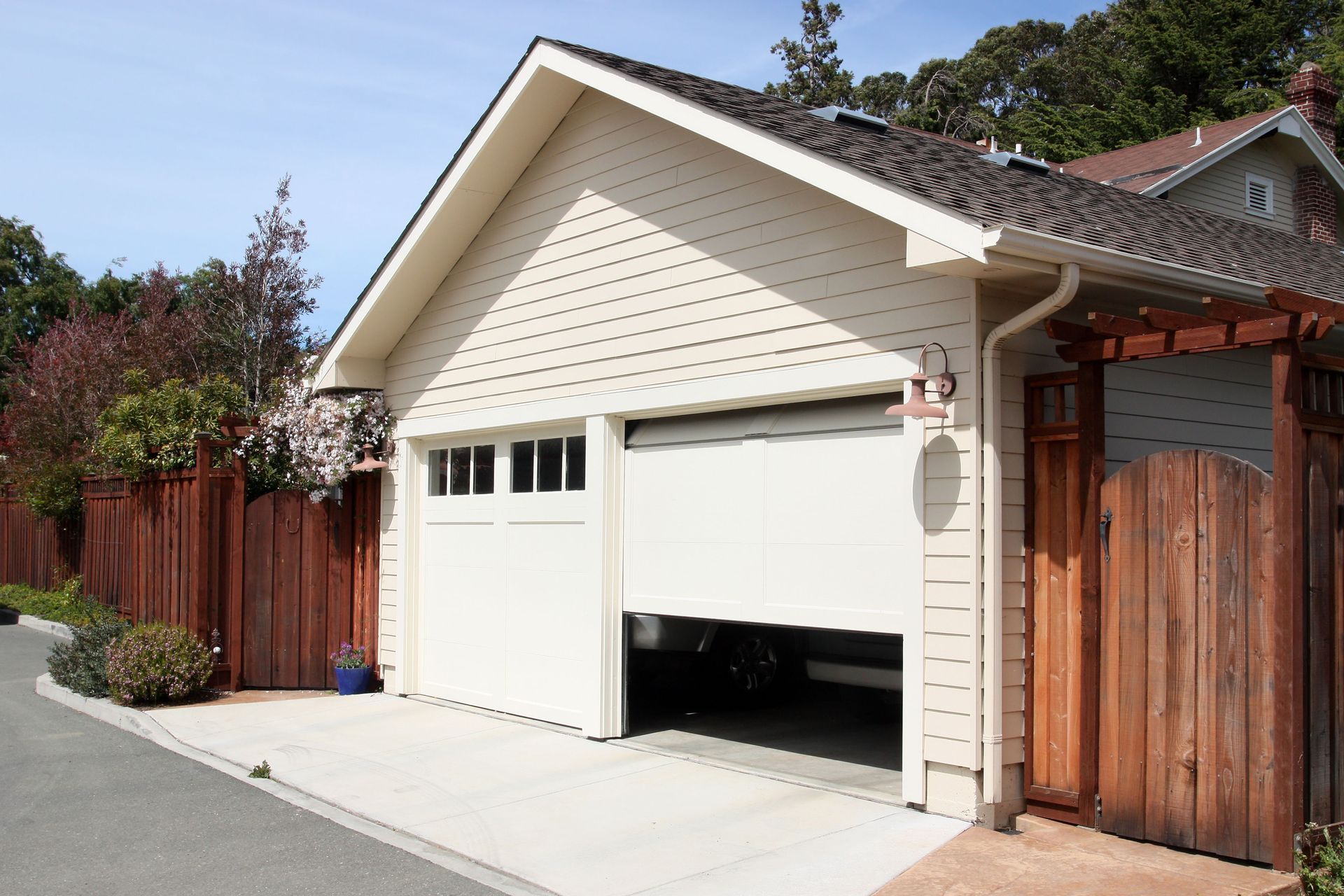
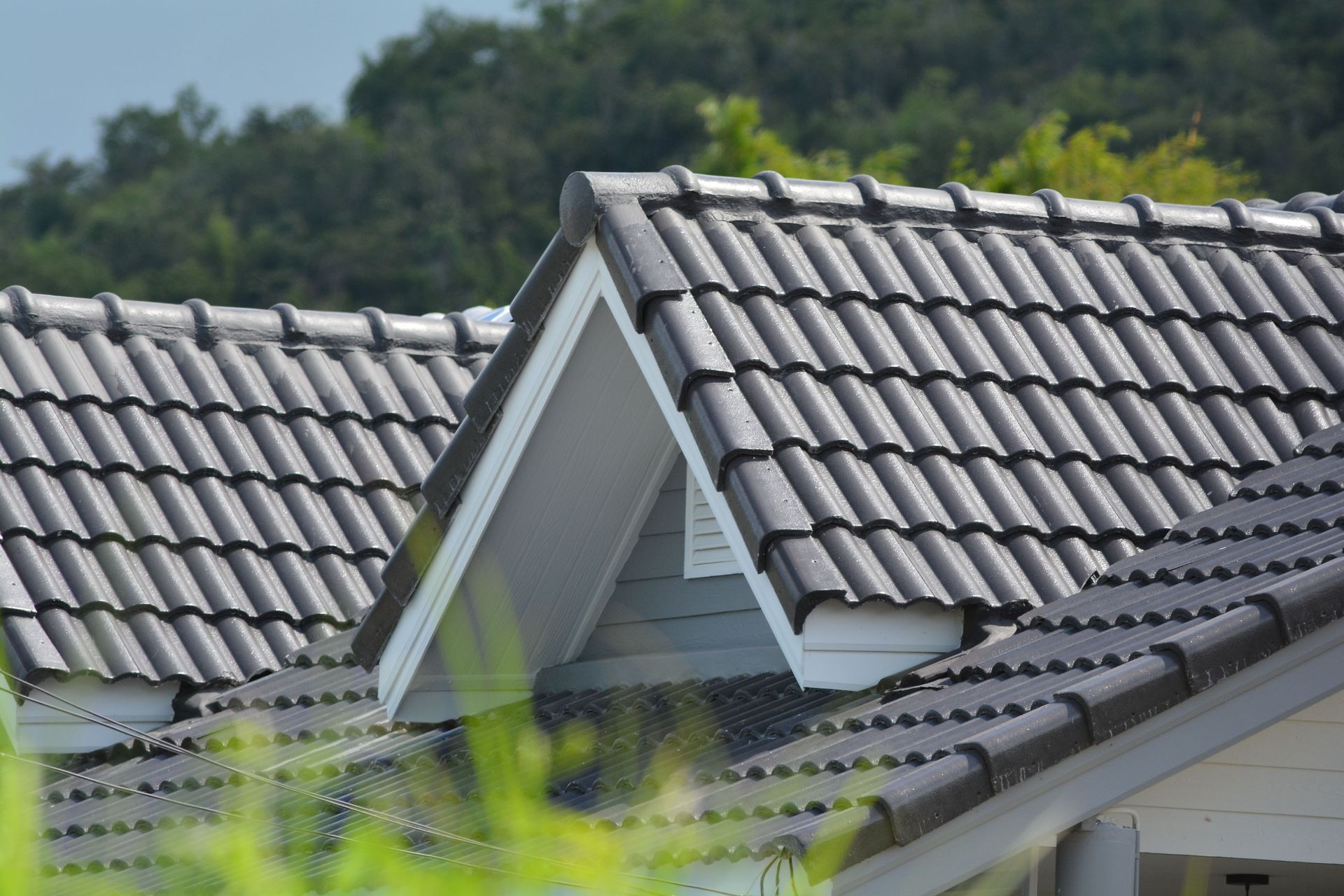
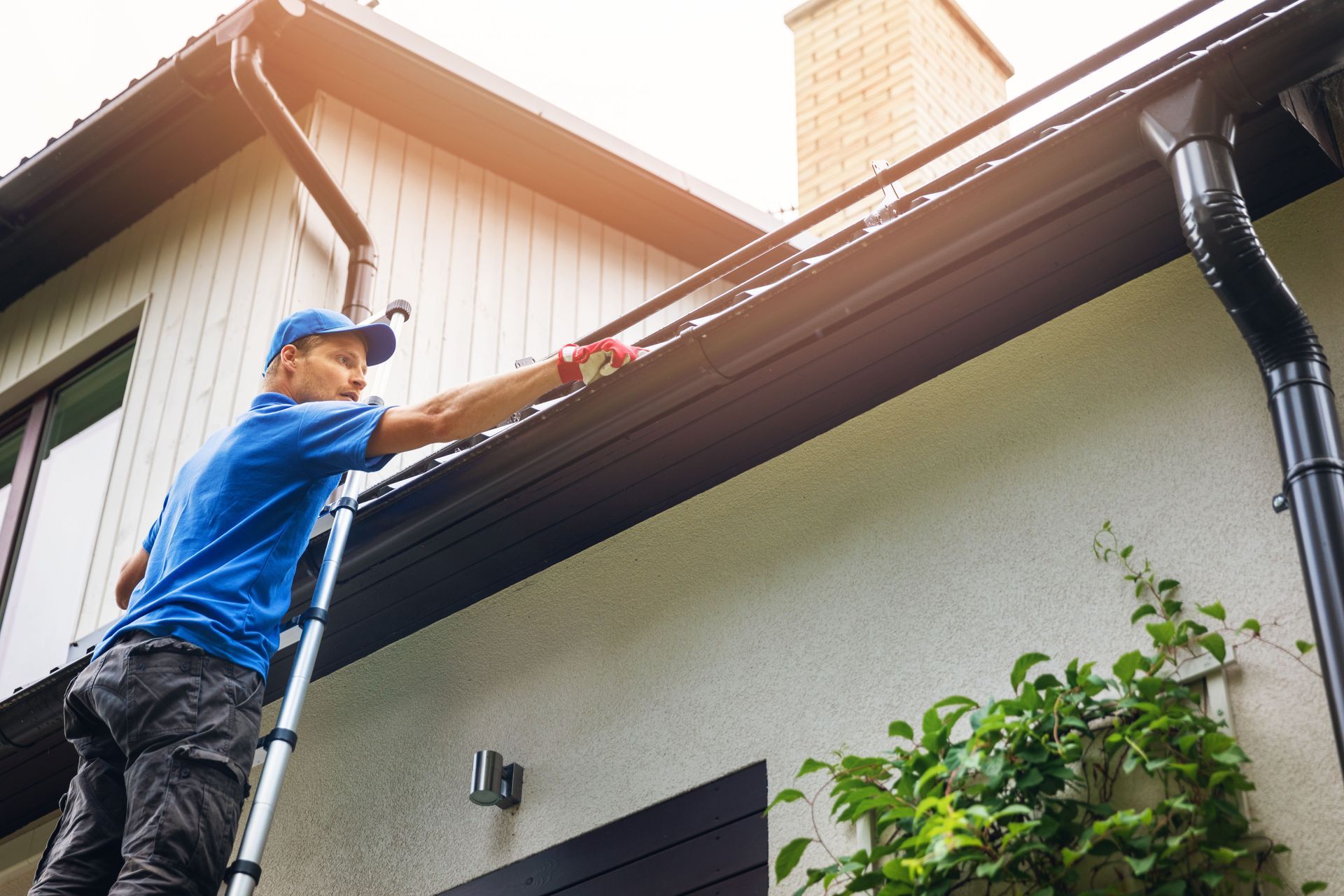
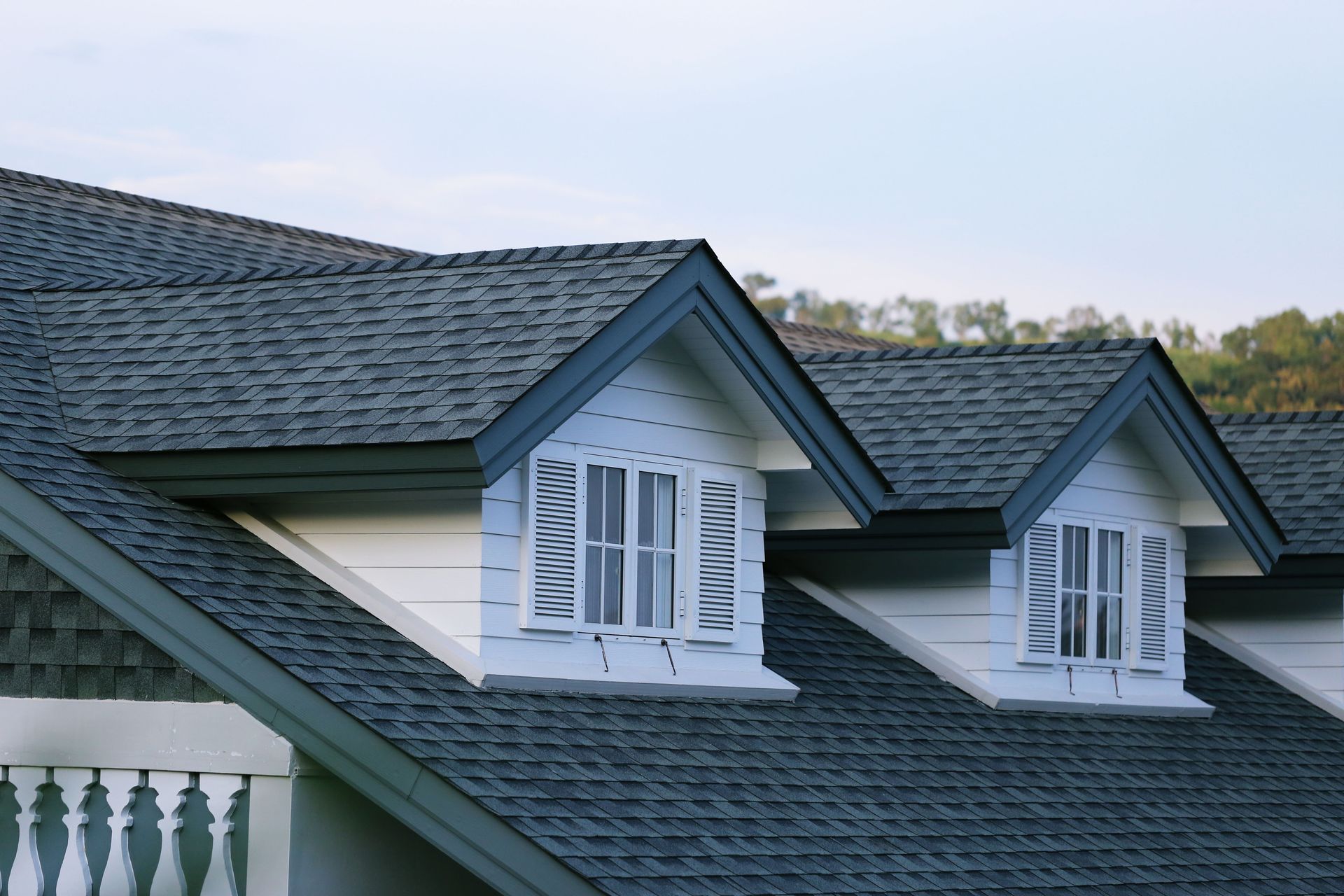

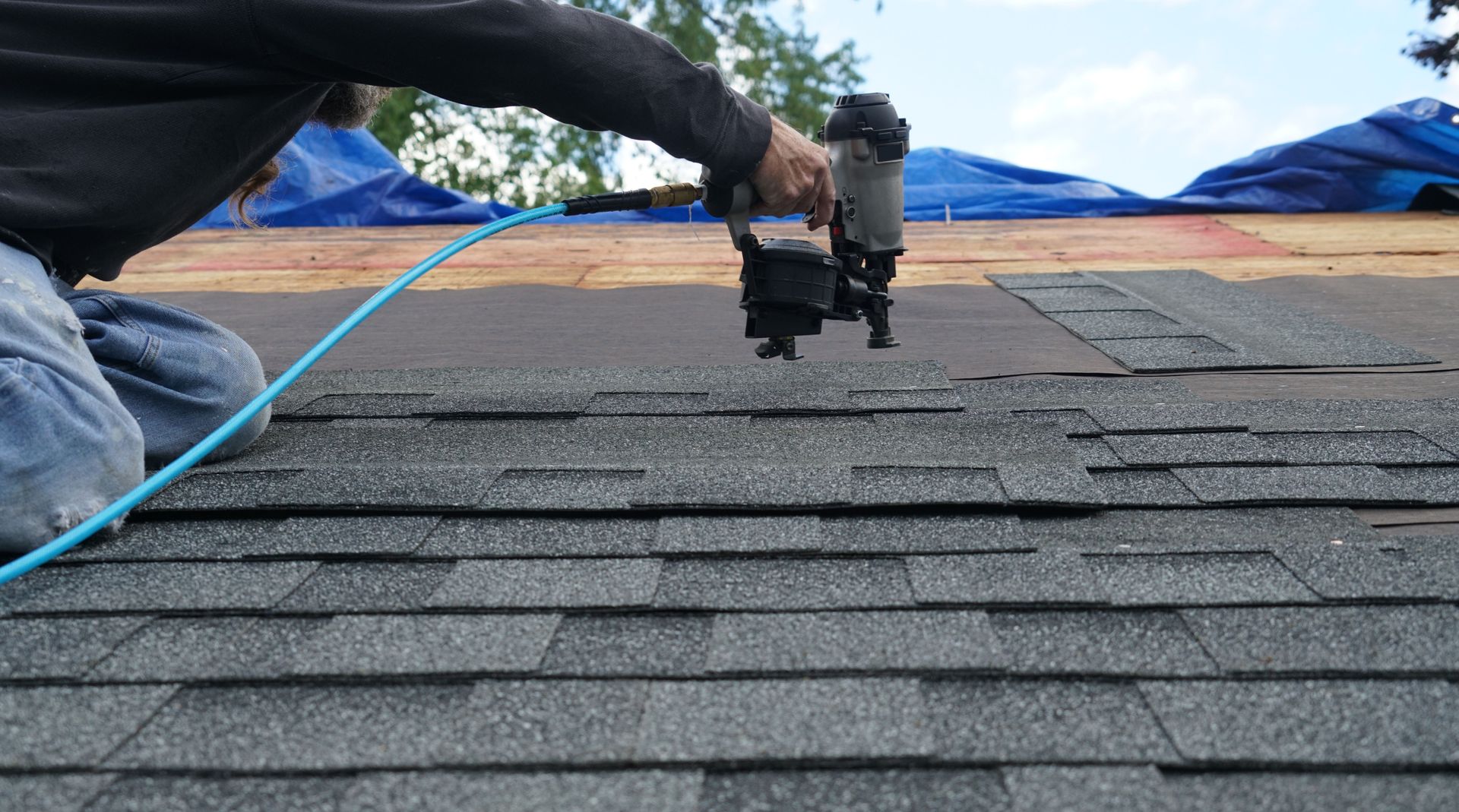


Share On: